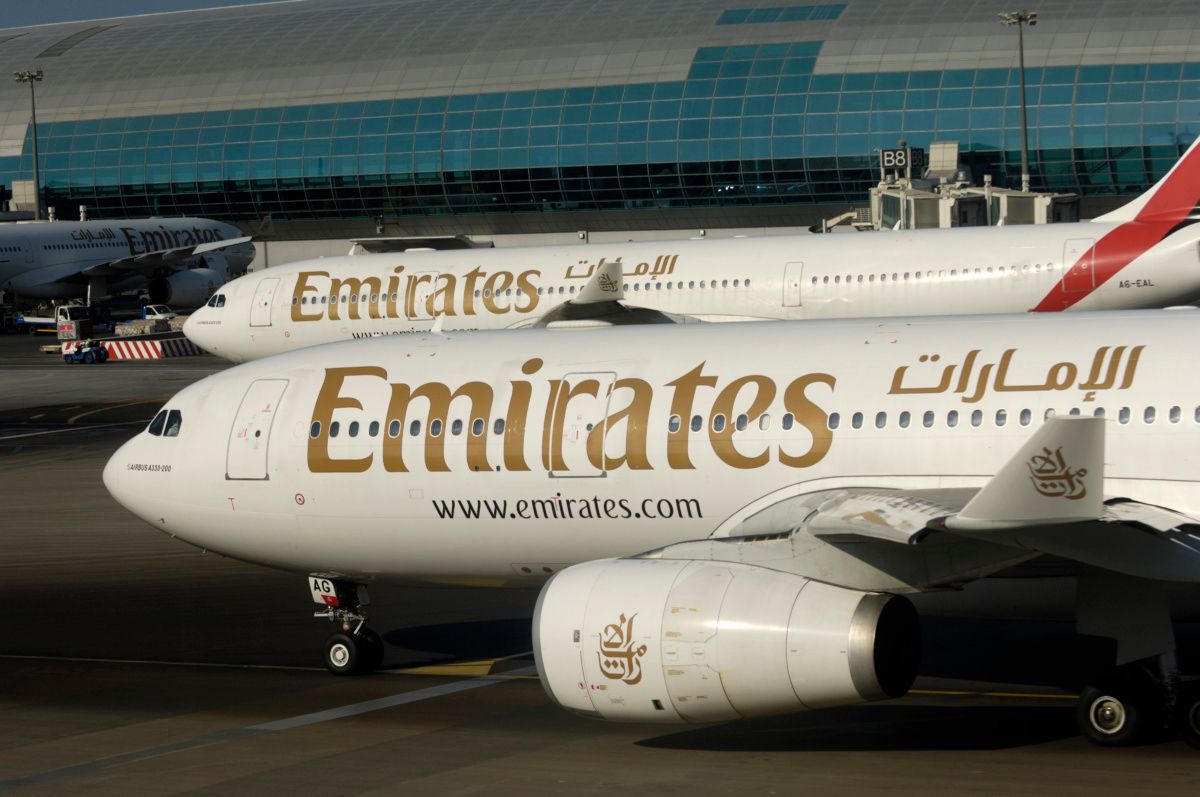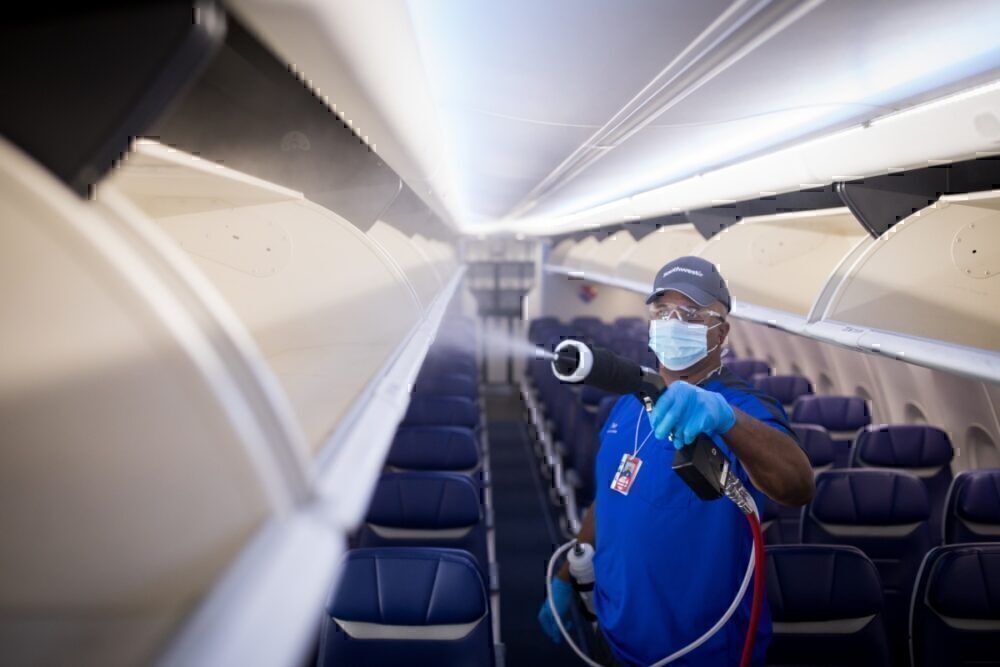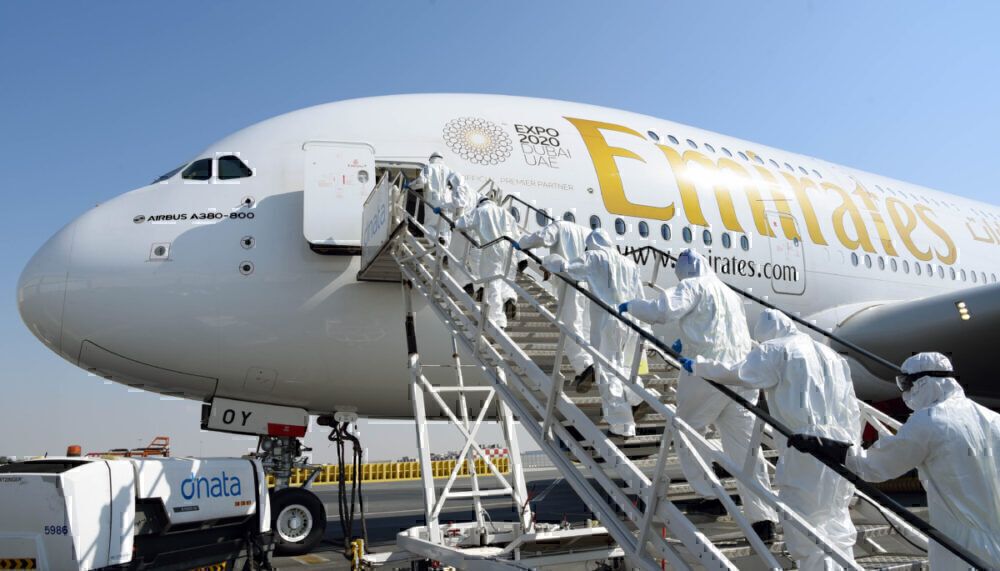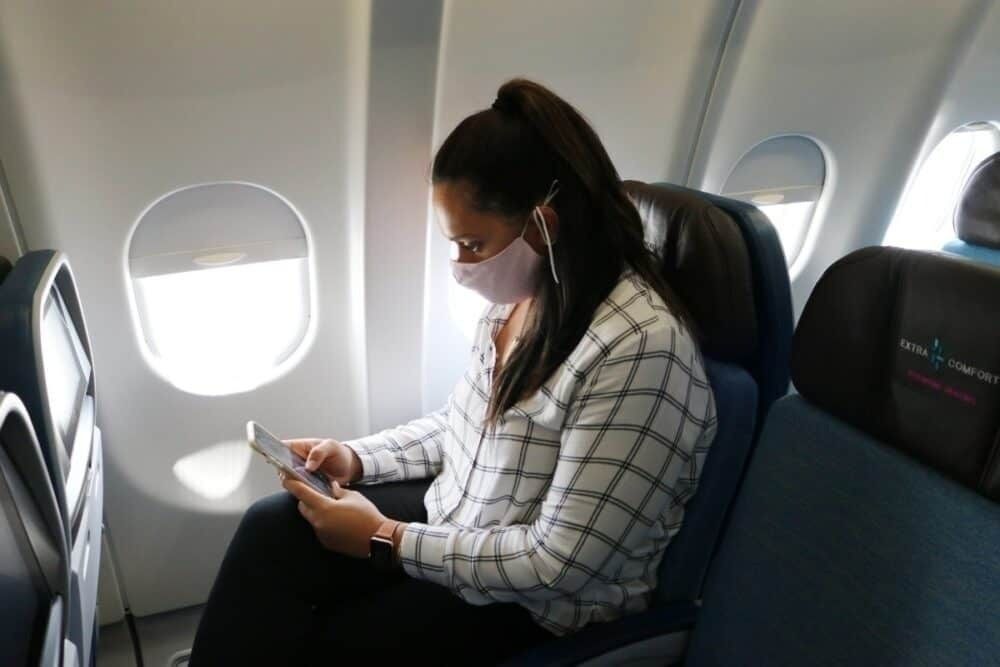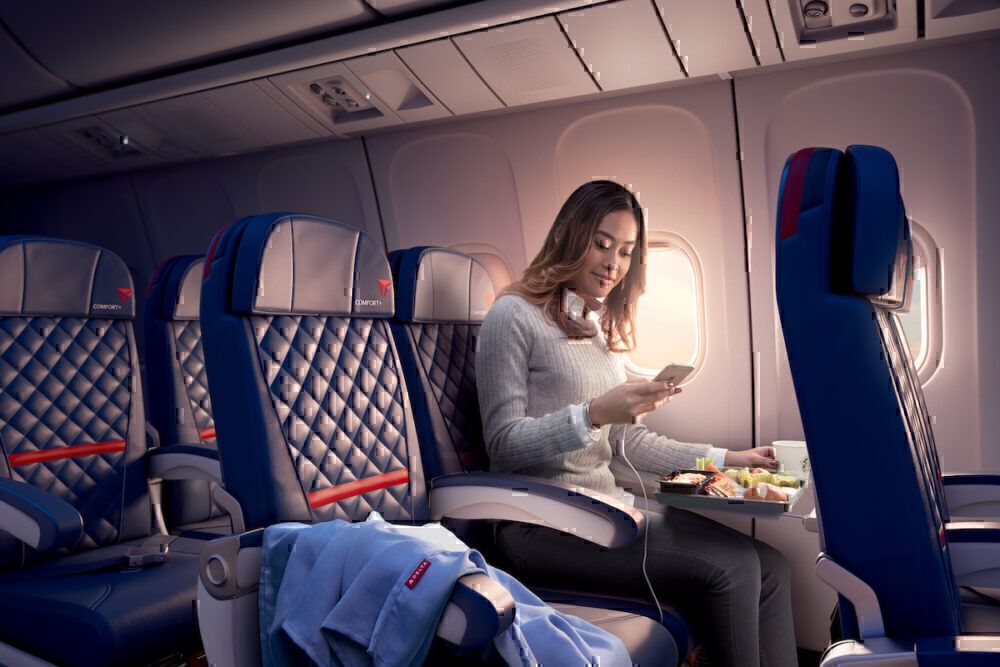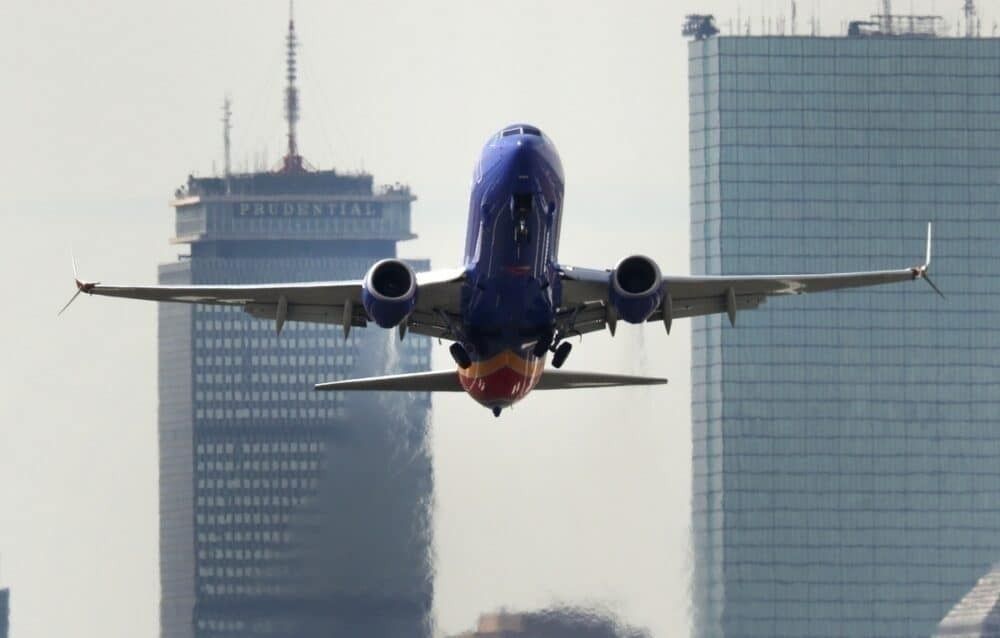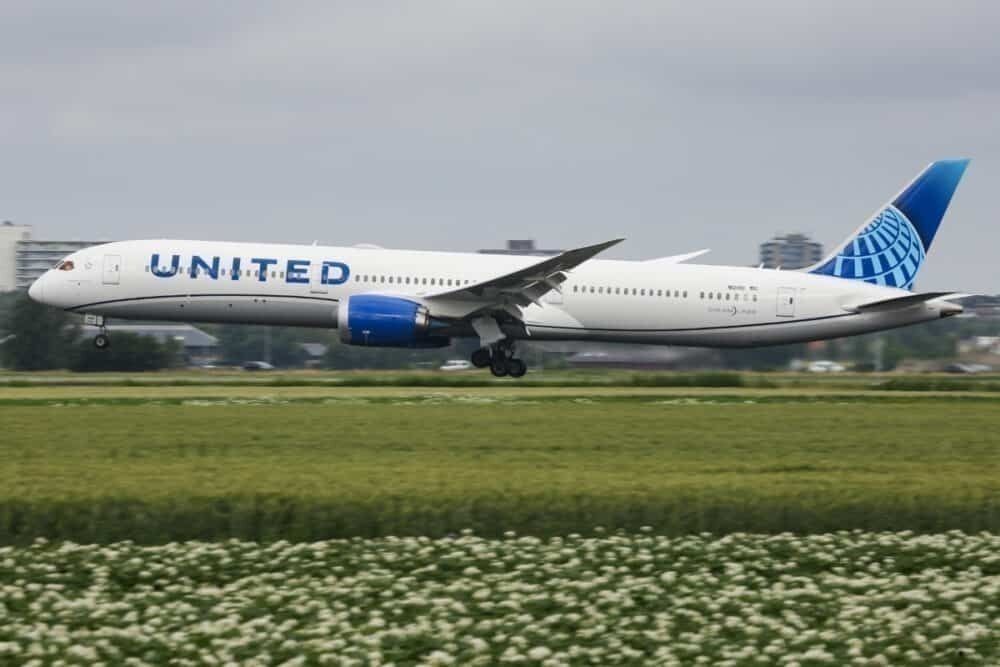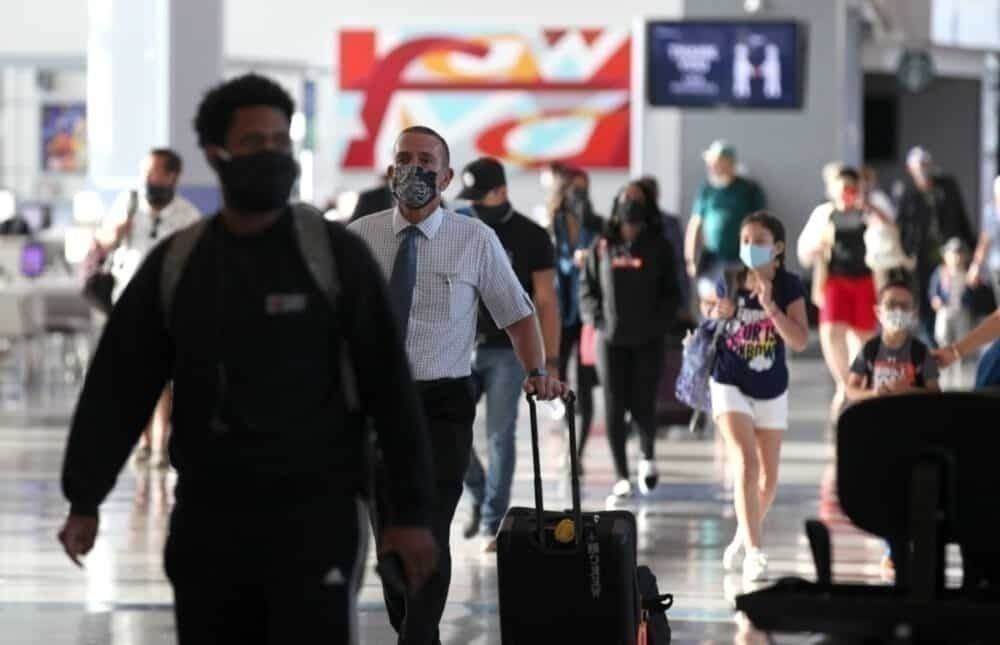The start and end of 2020 look drastically different to anyone flying. Airlines have had to quickly adapt to COVID-19, making several changes to the passenger experience. So what are the some of the ways in which COVID-19 has changed flying? And which of these will are her to stay?
Hygiene, hygiene, hygiene
The current health crisis has underscored the need for the highest degree of hygiene within aircraft cabins. When the virus took hold, airlines quickly dropped their tight turnaround time, which saw little cleaning, and opted for thorough aircraft cleaning methods instead.
Since COVID-19 could spread through surface contact, disinfecting every touchpoint after a flight is critical. Common areas such as lavatories and overhead bins are given particular emphasis during cleaning. If you get on a plane soon, there's a good chance that everything from the tray table to window shade has been cleaned.
Stay informed: Sign up for our daily aviation news digest.
Most airlines around the world are cleaning planes between flights, no matter how short the journey. On longer routes, some airlines are also deep cleaning their planes, especially if an infected passenger is found to have traveled. Planes are likely the cleanest they have ever been during this pandemic thanks to these new changes.
While this may not seem that significant, airlines had actually stopped cleaning planes, or only doing the bare minimum, prior to the crisis. It was not uncommon to find some crumbs or remnants of the last flight after a quick turnaround. However, all of this has changed with the new COVID-19 cleaning practices, a positive step for the industry.
This new emphasis on hygiene extends not only to aircraft but to the passengers themselves as well. Airlines universally require facemasks to be worn throughout flights and some carriers even give airlines a hygiene kit (the 2020 version of an amenity kit) containing the essentials, such as hand sanitizer and wipes. Face shields have also appeared with some airlines, including Qatar and Air India.
Masks reduce the spread of virus particles, which is critical in the closed environment of plane cabins. Since the highest odds of getting COVID-19 is from another person, everything must be done to cut down the risk on full flights.
As for which of these policies will remain in place after the pandemic, airlines have given mixed responses. US Low-cost carrier Southwest has already stopped cleaning all surfaces between flights, while competitor JetBlue has vowed to carry on the policies after the pandemic.
Airlines will likely retain some of the cleaning practices after this pandemic, especially for long-haul flights. Many have also invested in specialized equipment such as electrostatic sprays and HEPA filters, which will push them to keep it in use. However, expect quick turnarounds to return as soon as demand does.
The middle seat
No one particularly enjoys the middle seat and, during the pandemic, blocking it out has made many feel safer. While blocking the middle seat does give passengers more space and a feeling of safety, the jury is still out on how much it mitigates virus risk.
Most airlines have been wary of putting in place any such policy which leaves 33% of seats on a flight empty. Blocking the middle seat is financially difficult and only works if demand is low (and those seats weren't going to be sold anyway) or if passengers are willing to pay a premium for it.
However, Delta, JetBlue, and Southwest are all currently blocking the middle seats. Outside the US, there are almost no carriers following a similar policy, except a few which are allowing for selling middle seats. Airlines are hoping the blocked seats will actively push passengers to book flights with them over competitors.
Of all the COVID-19 policies put in place, the middle seat ones are the likeliest to exit first. A number of carriers have already started booking planes to capacity to maximize revenue. While middle seats will fill up once again, the change has spurred seat innovations in economy to look forward too.
Bye-bye change fees!
This week, United made the news when it said that it is eliminating change fees for good on domestic flights. American, Delta, Alaska, and others quickly followed suit, hoping to spur bookings.
Airlines around the world have suspended change fees during this crisis to make travel more flexible. However, the recent push to eliminate them for good could change the industry as we know it. Many times the cost of the change fee and fare difference is astronomical and removing the change fee is quite helpful.
Change fees bring in substantial ancillary revenue for airlines and give them a better idea of flight loads. However, removing these fees could spur passenger bookings in the future, offsetting such losses. Changes fees could make a return in the future, but for now, they seem to be on their way out. With all US airlines making this shift, could other airlines do so as well?
A different experience
While most of the changes from COVID-19 are temporary: social distancing, boxed meals, quarantines, some changes will be here to stay. Overall, the flying experience will be different for the next few months (or even year) as health takes the front seat. However, the removal of change fees and thorough cleaning are both positives steps for the future.
There are better days to look forward to and a lot of the service will return soon after this pandemic.
What changes do you think will stay on after this pandemic? Have you traveled during this pandemic? Let us know in the comments!

